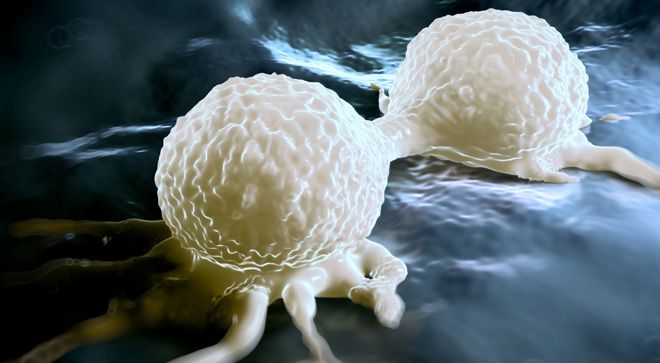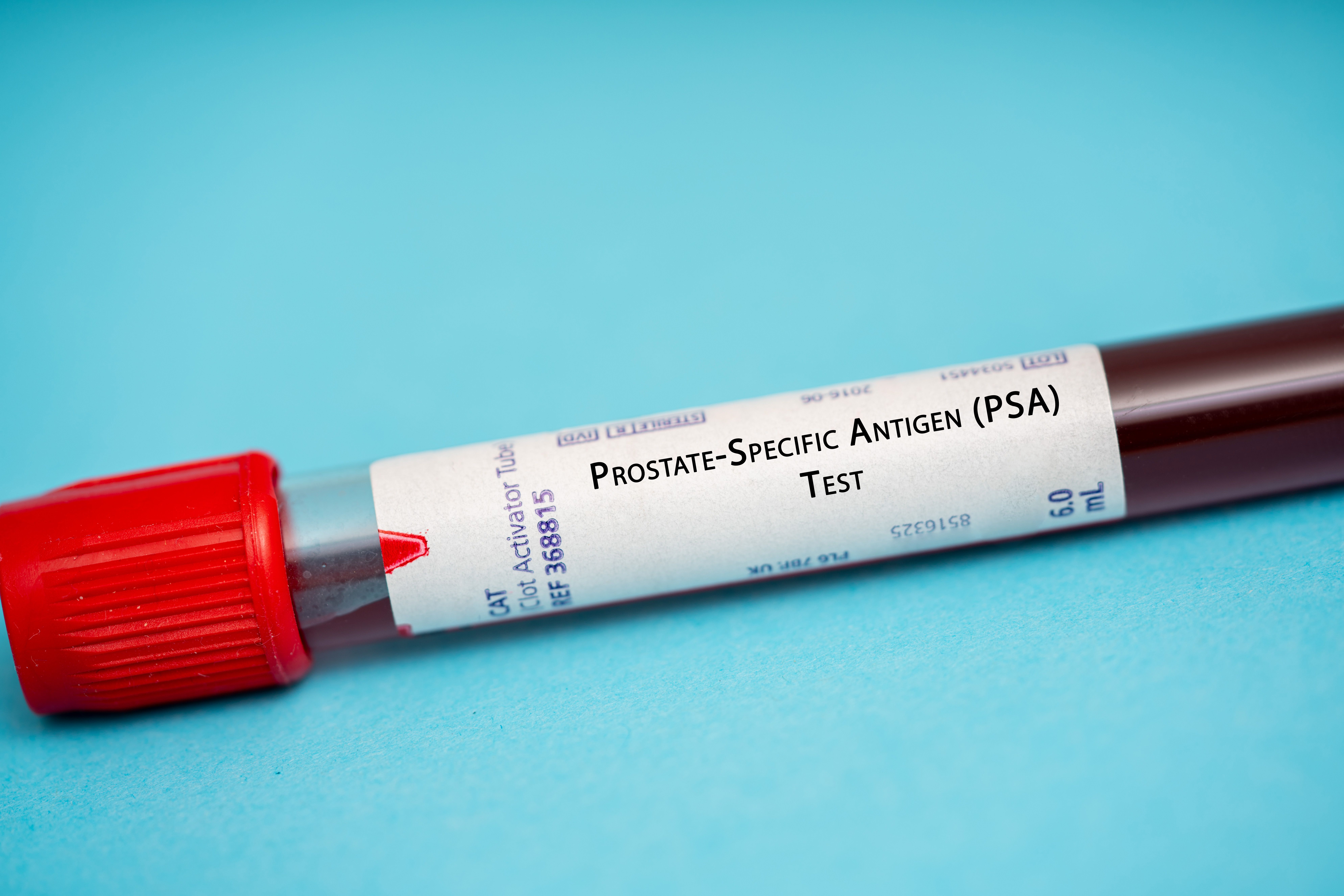Article
CAR-T Cell Therapy Shows Promise in Relapsed/Refractory Solid Cancers
Author(s):
BNT211-01, a novel CAR-T cell therapy, was efficacious in treating patients with CLDN6-positive, relapsed/refractory solid cancers, according to a small clinical trial.
An investigational CAR-T cell therapy, BNT211-01, showed promise in treating patients with CLDN6-positive, relapsed/refractory solid cancers, according to findings from phase 1/2a trial, that showed that BNT211-01 was efficacious when given alone or in combination with a vaccine.
Study results, which were presented at the 2022 European Society for Medical Oncology Congress, showed that at the June 15, 2022, data cutoff, 21 patients were able to be evaluated. Among them, the overall response rate (percentage of patients whose disease shrunk because of treatment) was 33%, including one patient who experienced a complete response (total disappearance of disease) and six patients who achieved a partial response (decrease in disease). Additionally, seven patients achieved stable disease and the disease control rate was 67%.
“BNT211-01 is a CAR-T cell product candidate that targets the CLDN6 … protein,” Dr. Andreas Mackensen, a professor in the Department of Internal Medicine 5—Hematology/Oncology at the University Hospital Erlangen in Germany, said during the presentation. “CLDN6 is an ideal CAR antigen (because) it has an (outside-of-the-cell) loop that can be targeted by T cells, is absent in healthy adult tissue since … and is expressed in various cancers, such as testicular cancer and ovarian cancer.”
Patients with testicular cancer expressed CLDN6 at a rate of approximately 93%, and it is present in a little over half (56%) of patients with ovarian cancer.
Researchers on the trial defined CLDN6-positivity as at least 50% of tumor cells being CLDN6-high.
Preparing for CAR-T Cell Therapy
In part 1 of the phase 1 portion, patients received BNT211-01 monotherapy at two different doses. In part 2 of phase 1, four patients received dose level 1 of BNT211-01 plus the CLDN6-encoding mRNA vaccine and nine patients received dose level 2 (which was higher) in combination with the vaccine.
The patient population had received an average of four prior lines of therapy.
The manufacturing of the CAR-T cell therapy, which included a process known as apheresis, where blood is drawn and plasma is removed, occurred at day 18 or more prior to infusion. Patients then underwent lymphodepletion (chemotherapy given to kill T cells) with cytarabine plus fludarabine five and three days before infusion.
Patients also given the vaccine were administered the first dose four days after the CAR-T cell infusion. The first five vaccine treatments occurred every three weeks, followed by a treatment every six weeks thereafter.
Study Findings Highlight CAR-T Cell Therapy’s Potential
Additional findings from the trial showed that patients with testicular cancer treated at dose level 2 with lymphodepletion (seven patients) experienced a better response than the overall population, achieving an overall response rate of 57% with a disease control rate of 85%.
The overall response rate for the total population of patients with testicular cancer who received either BNT211-01 dose with lymphodepletion was 45% with a DCR of 54%.
One patient with testicular cancer who previously underwent six lines of treatment with chemotherapy was still in an ongoing complete response at the time the study data were collected. This was a patient with a large tumor mass at baseline that displayed an impressive regression at six weeks following CAR-T cell therapy and over time, the disease was not able to be seen on PET scans, Mackensen noted.
BNT211-01 Side Effects
Regarding safety, 20 patients in the safety population experienced a serious or worse treatment-emergent side effect. A single case of mild immune effector cell-associated neurotoxicity syndrome was reported, and it quickly resolved.
Cytokine release syndrome, a common side effect accompanying CAR-T cell treatments that involves a dangerously high concentration of cytokines (proteins involved in the immune system) being released into the blood, was present in 10 patients (45%). Increased levels of interleukin-6 (cytokines involved with inflammation) were present in patients with cytokine release syndrome. All instances of cytokine release syndrome were mild, moderate or serious and were treated with Actemra (tocilizumab), if needed.
Dose-limiting side effects were observed in two patients, including one who was treated at dose level 2 alone and one treated at dose level 2 in combination with the CLDN6-encoding mRNA vaccine. The dose-limiting side effects consisted of prolonged pancytopenia (deficiency of red cells, white cells and platelets) after lymphodepletion for the patient treated with the CAR-T cell monotherapy and hemophagocytic lymphohistiocytosis (a dangerous and excessive activation of the immune system) for the patient treated with the combination, though this toxicity occurred before administration of the CLDN6-encoding mRNA vaccine.
Eight total patients died during the trial, all from disease progression.
A strong persistence of CAR-T cells was reported for over 100 days. A few patients also displayed persistence for over 200 days.
“Some patients showed long-term CAR-T cell persistence for more than 200 days post CAR-T cell infusion,” Mackensen said. “The process of generation of CLDN6 CAR T cells has now been switched to an automated process and dose escalation is ongoing. The recommended phase 2 dose will be identified for the automated product (in the future).”
For more news on cancer updates, research and education, don’t forget to subscribe to CURE®’s newsletters here.




